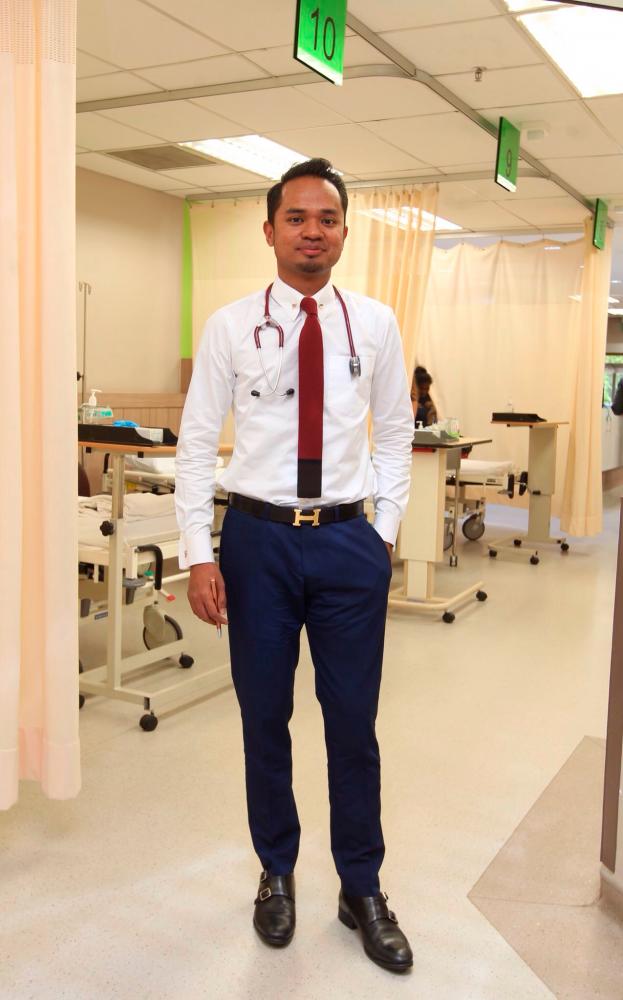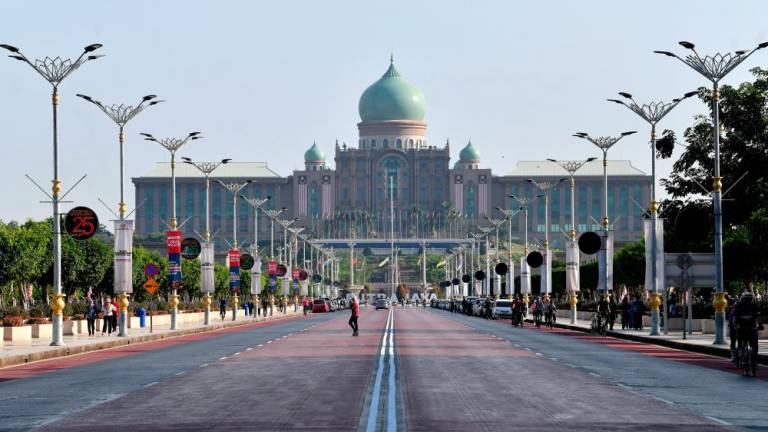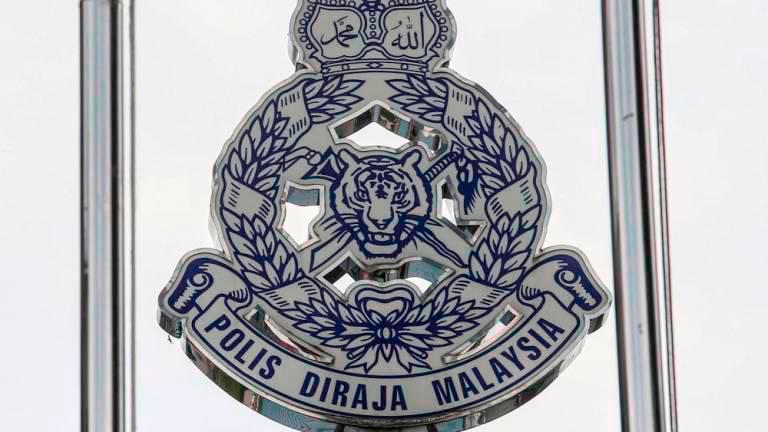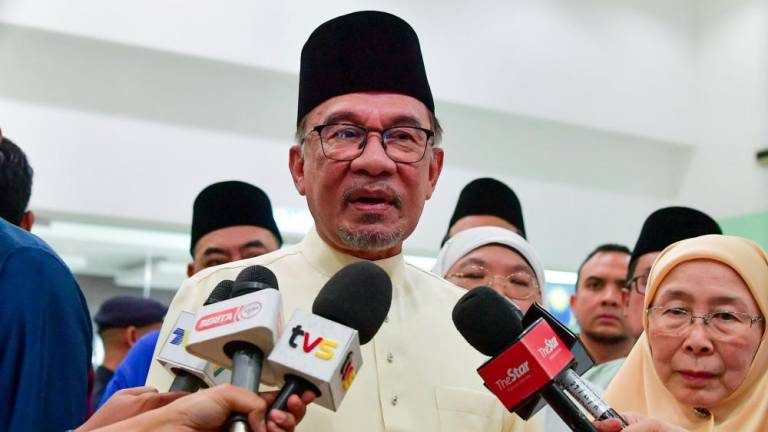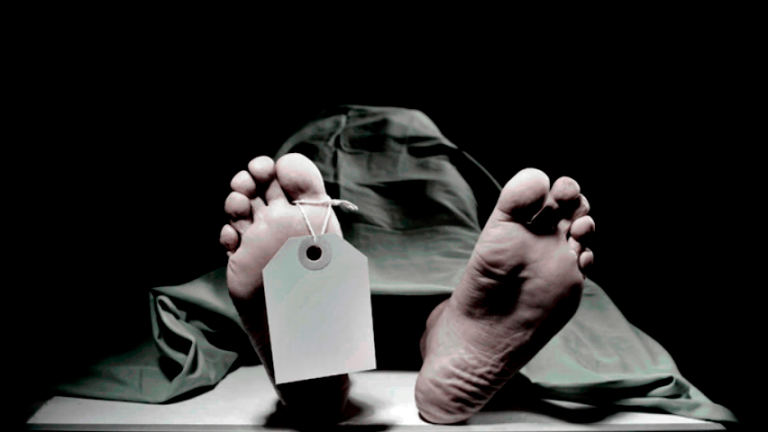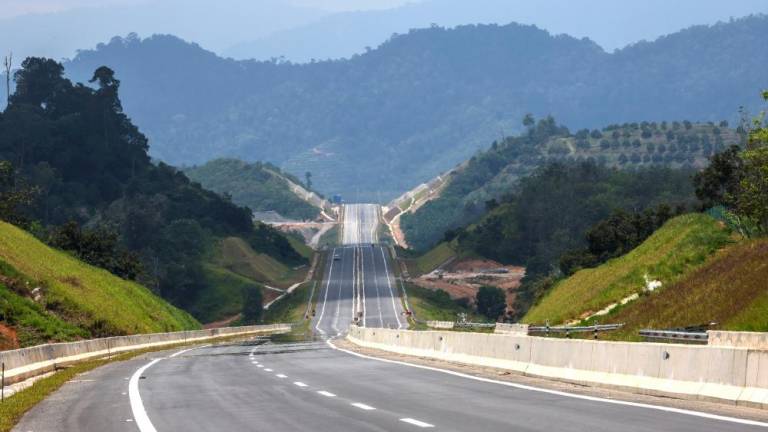A STROKE occurs when arteries that supply blood to your brain gets clogged. It can happen to anyone at any time but lifestyle choices like smoking, lack of exercise, and consuming excessive alcohol, and other risk aspects such as diabetes, high blood pressure and cholesterol, are more likely to induce an Ischemic stroke.
In times of critical medical emergencies like this, time is of the essence and swift action is imperative. The sooner you can recognise the signs of a stroke – be it to yourself or someone else – and get the necessary emergency care deployed, the lower the chances of developing lasting consequences.
Depending on which part of the brain is affected, one or more symptoms can manifest.
“We have the cerebrum and we have the cerebellum and brain stem. Stroke can be anywhere,” explained consultant emergency physician Dr Mohamed Al-Hadi Mohamed Razhi, a physician specialising in emergency & trauma medicine at Thomson Hospital Kota Damansara.
A clot in the cerebrum (part of the brain that helps regulate motor movement), for example, can lead to weakness of one side of the body.
“Imagine [having] this weakness for your entire life, [but] now, if you come in quickly, we’ll do a thrombectomy. We bring out the clot, and the part of the brain will fuse again, and your symptoms are gone,” said Hadi in a recent interview with theSun.
He quickly adds: “Provided it is [administered] on time.”
A thrombectomy or Intravenous Recombinant Tissue Plasminogen Activator (IVTPA) is the latest lifesaving service provided by the emergency department in Thomson Hospital, where the doctor leads a team of eight medical officers in specialising in acute critical care.
With over 13 years notched under his medical belt, Hadi said a thrombectomy is for “patients presented to the A&E with signs and symptoms of acute stroke within 24 hours,” and is a service made possible with “collaboration with our in-house neurologist, neurointerventionist, neuroanaesthetist, neurosurgeon, and radiologist.”
“We will do evaluation case by case ... when you see these [symptoms] bring them in quickly.
But what are the signs and how do you recognise symptoms of a stroke? According to the emergency physician, “we want patients to know this acronym BE FAST – if you have a stroke symptom, you have to be fast and [reach the hospital] quickly.”
“Previously, the public thought if you had stroke, you’re going to have stroke for the rest of your entire lives but actually something can be done.”
BE FAST stands for Balance, Eyes, Face, Arms, Speech, and Time.
“This outlines questions to ask about the tell-tale signs your friend or loved one may be having a stroke, plus action to take,” said Hadi.
He elaborated: “Balance – Is there a sudden loss of balance or coordination? Eyes – Is there sudden blurred vision or sudden persistent vision trouble? Face – Ask the person to smile. Is one or both side of the face drooping?
“Arms – Ask the person to raise both arms. Does one side drift downward? Is there weakness or numbness on one side? S stands for Speech – Does the person have slurred or garbled speech? Can he or she repeat simple phrases?
“T is simply Time. Time is extremely important, B-E-F-A-S are all symptoms, T is just for you to remember time is extremely crucial.”
Hadi also stresses that during an emergency, like a person experiencing a stroke (or any other life or limb-threatening situation), it is best to call for an ambulance, saying that patients will benefit most from the medical attention by paramedics on the way to the hospital.
There are two ways of calling for an ambulance the physician adds. On one hand, you have the 999 hotline, which gets you a “response from the government side,” and the other, a dedicated 24-hour hotline by private healthcare providers like Thomson Hospital (03-6287 1999).
“[Calling] an ambulance is better, in terms of patient transport to the hospital because, of course, they can save time with the siren on and all the focus will be given to the ambulance so they can [pass through traffic] faster compared to you driving your own car.
Hadi said: “Most importantly, the initial medical management can be carried out right from the beginning [in the ambulance]. That is the most important.”



